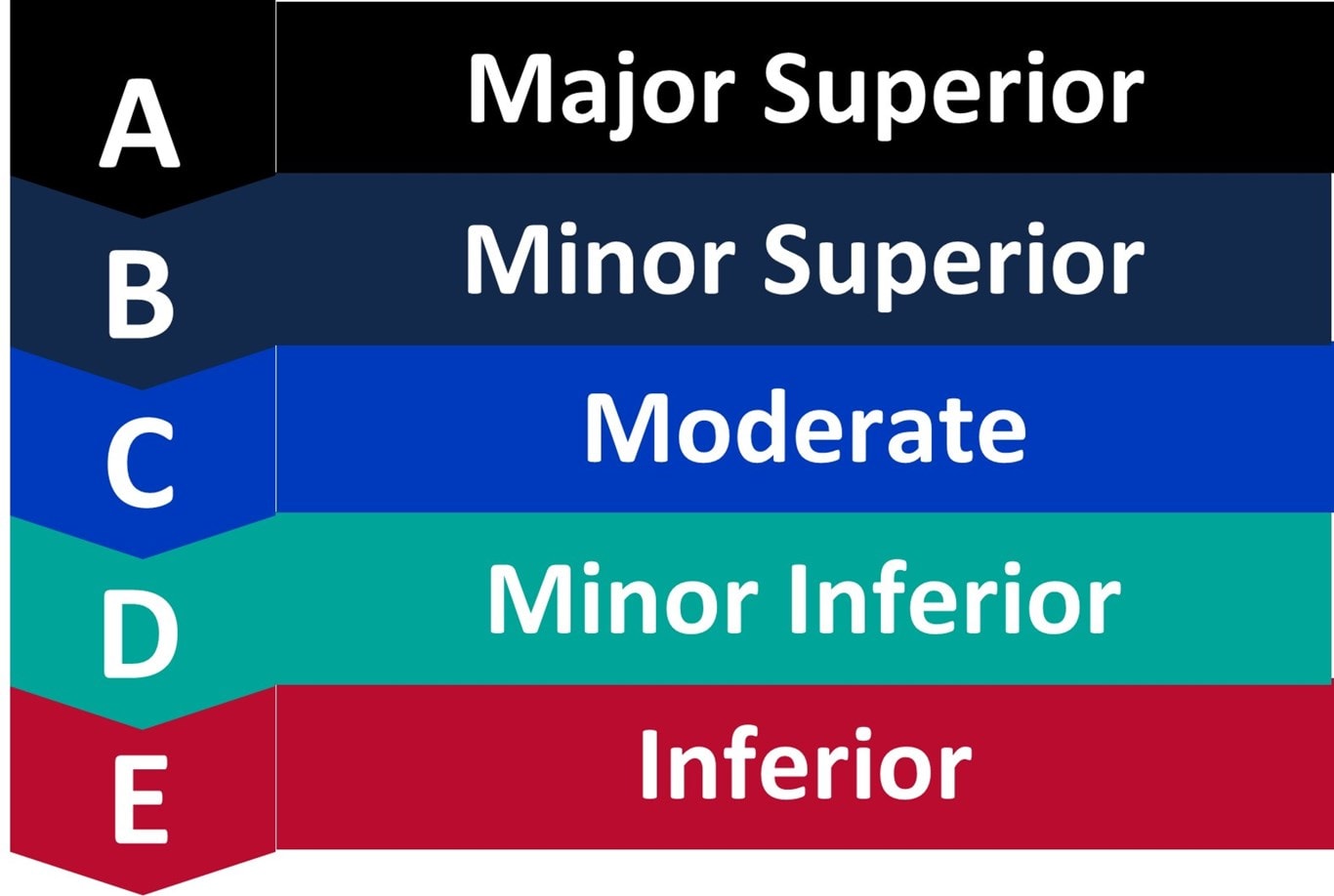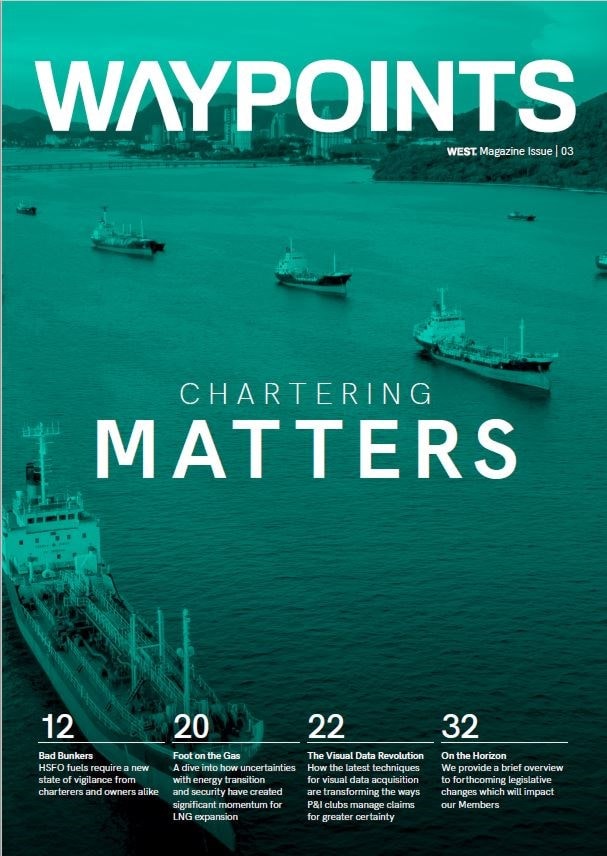On The Horizon - Waypoints Issue 03
We provide a brief overview to forthcoming legislative changes which will impact our Members
The IMO’s next step in the drive to Sustainable Shipping
Halving emissions
In 2018 the IMO announced its strategy to reduce total annual greenhouse gas emissions from shipping by at least 50% by 2050. The regulations mentioned below are aimed to further the IMO Green House Gases (GHG) target to reduce carbon intensity of all ships by 40% by 2030.
The IMO is targeting in 2023 vessel efficiency and carbon intensity (CII) through regulations which will be coming into force by January, their aim being to assist vessel efficiency, lower emissions and help the adoption of low-carbon alternative fuels.
Next year’s phase will be achieved by the following regulations:
- Energy Efficiency Existing Ship Index
- Enhancement of the Ship Energy Efficiency Management Plan
- Carbon Intensity Indicator rating scheme

Energy Efficiency Existing Ship Index
The difference between these two is that EEDI is only applied to new ships while EEXI applies to all existing ships which are above 400GT, in accordance with different values set for vessel types and size categories. The energy efficiency value of the vessel will be compared to a baseline
Carbon Intensity Indicator
The vessel’s Carbon Intensity Indicator (CII) links the GHG emissions to a ratio of cargo carried and the distance travelled and all vessels that are over 5,000GT will need to comply.
The CII will determine the annual carbon reduction factor needed to ensure continuous improvement of the ship’s operational carbon intensity within a specific rating level.
Carbon Intensity Indicator
There are 5 rating categories that indicate the performance level:
- A (major superior)
- B (minor superior)
- C (moderate)
- D (minor inferior)
- E (inferior)

The minimum requirement for compliance is C (moderate). If the vessel were to receive a ‘D’ or ‘E’ rating for 3 consecutive years the ship owners would need to submit a corrective action plan under the SEEMP.
Ship Energy Efficiency Management Plan (SEEMP)
This plan is mandatory and is a vessel-specific document that lays out the plan to improve the vessel’s energy efficiency in a cost-effective manner.
On or before the 1 January 2023 the plan must include the methodology for calculating the ship’s attained annual operational CII and the required annual operational CII.
Also to be included is an annually required Annual Operational CII for the next three years, an execution plan describing how the target will be attained (to achieve a continuous improvement), and a procedure for self-evaluation and improvement.
There is still limited guidance on potential penalties for non-compliant vessels. The IMO MEPC is planning a meeting for 6 June 2022, where it is likely more details will be provided on the above regulations.
The regulations that are coming into force in 2023 at the same time that regional measures to reduce GHG emissions for this nature of trade are being discussed. Countries such as EU, China and US have indicated the potential introduction of various systems in order to monitor CO2 within their waters, e.g national carbon trading scheme for China.
Emma was a Third Officer onboard Princess and P&O Australia Cruise ships. Emma spent 3 years as an Officer Cadet with Anglo Eastern working on Rio Tinto vessels (bulk carriers and caustic soda carriers) operating between Japan, China and Australia. Emma joined the Club in 2019 and currently attends to Loss Prevention matters.

